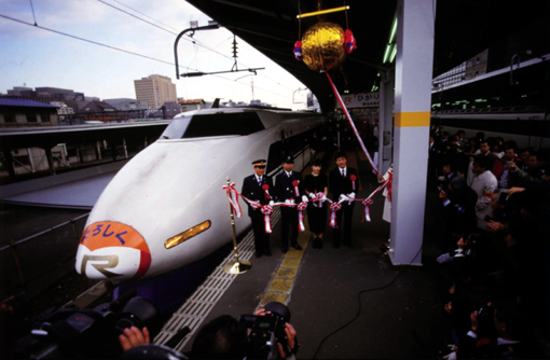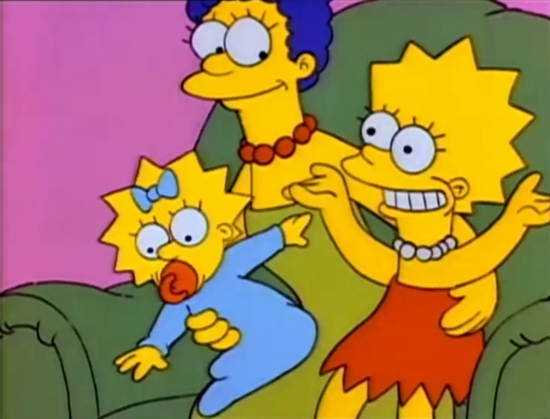 |
| Final Fantasy logo 1990 (North America version, Nintendo) |
Original name: "Fighting Fantasy"
Name: "Final Fantasy"
Category: Video games
Subcategory: Role-playing
Genre: Fantasy
 |
| Final Fantasy logo 1987 (Japan version, Square) |
Inventor: Hironobu Sakaguchi
Developer: Square Co., Ltd. - Japan
Publishers:
--- Square Co., Ltd. - Japan
--- Nintendo of America Inc. - NA
--- Square Co., Ltd. - Japan
--- Nintendo of America Inc. - NA
Platforms:
--- Family Computer (Famicom)
--- Nintendo Entertainment System (NES)
--- Family Computer (Famicom)
--- Nintendo Entertainment System (NES)
Producer: Masafumi Miyamoto
Designers: Hironobu Sakaguchi, Hiromichi Tanaka, Akitoshi Kawazu, Koichi Ishii, Kiyoshi Yoshii, Ken Narita, Kazuko Shibuya
Programmer: Nasir Gebelli
Graphics: Yoshitaka Amano
Writers: Hironobu Sakaguchi, Kenji Terada, Akitoshi Kawazu
Number of players: Single-player
Background and characters: «An evil shroud covers the world in darkness. You must restore the powers of earth, wind, fire and water to the Four Orbs. Create your own band of 4 Light Warriors from fighters, thieves, martial artists, and magicians. You'll need all their skills to triumph in this massive role-playing adventure. Your treacherous journey takes you to all parts of a strange new world. Explore dangerous castles and dark caverns where deadly perils, and great rewards await at every turn. Hundreds of ferocious monsters block your path. With patience, skill, and cunning you can defeat them. Come, begin your quest. Enter an enchanted new World. Command your warriors! Prepare to face the Final Fantasy! A world shrouded in the darkness of evil. Your mission – to restore the light». (From the North America version, 1990, back cover).
Music by: Nobuo Uematsu
Features: Final Fantasy, known as Final Fantasy I or FF1 in re-releases, was the first role-playing game in Square's Final Fantasy series, created by Hironobu Sakaguchi. For detailed features and game mode refer to the "Explorer's Handbook" below.
Interesting facts: The creator of the Final Fantasy series Hironobu Sakaguchi proposed the role-playing game (RPG) to his employer Square, but the company approved the launch only after the success of the RPG Dragon Quest by Enix. The team of developers wanted a title that had a simple abbreviation in the Latin alphabet (FF) and a four-syllable abbreviated Japanese pronunciation ("efu efu"); the first name proposed for the video game was "Fighting Fantasy", but it was already taken by a tabletop game, so they decided to call it "Final Fantasy". Final Fantasy was first released in 1987 in Japan by Square, and then Nintendo of America translated the game into English and published it in North America in 1990.
Slogan (North America version, 1990, box): «Enter a whole new realm of challenge and adventure.» (front) - «Dragons and broadswords, mystery and adventure. Final Fantasy has them all!» (back)
Property: Square Co., Ltd. - Nintendo Co., Ltd.
Product website: https://www.finalfantasy.com
 |
| Final Fantasy box, front cover (Japan version, Square 1987, by illustrator Yoshitaka Amano) |
 |
| Final Fantasy box, back cover (Japan version, Square 1987) |
 |
| Final Fantasy box (Japan version, Square 1987) |
 |
| Final Fantasy cartridge (Japan version, Square 1987) |
 |
 |
 |
 |
| Final Fantasy advertising (Japan version, Square 1987) |
 |
| Final Fantasy screenshots (Japan version, Square 1987) |
| Final Fantasy intro (Japan version, Square 1987) |
| Final Fantasy gameplay (Japan version, Square 1987) |
 |
| Final Fantasy box, front cover (North America version, Nintendo 1990) |
 |
| Final Fantasy box, back cover (North America version, Nintendo 1990) |
 |
| Final Fantasy cartridge (North America version, Nintendo 1990) |
 |
| Final Fantasy "Explorer's Handbook" and maps in Pdf (North America version, Nintendo 1990) |
 |
| Hironobu Sakaguchi (Nov. 25, 1962), video game developer, creator of the Final Fantasy series |
 |
| Square Enix celebrate Final Fantasy's 30th Anniversary (1987-2017). With 87 titles, the series was awarded the "most prolific RPG series" by the Guinness World Records in 2017. |





























